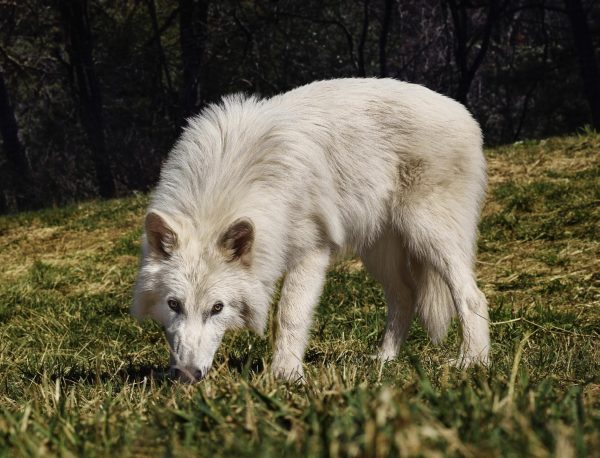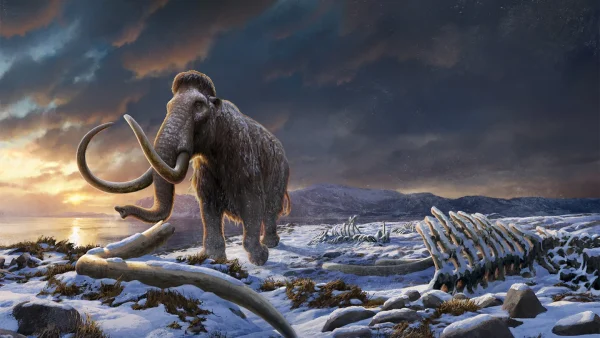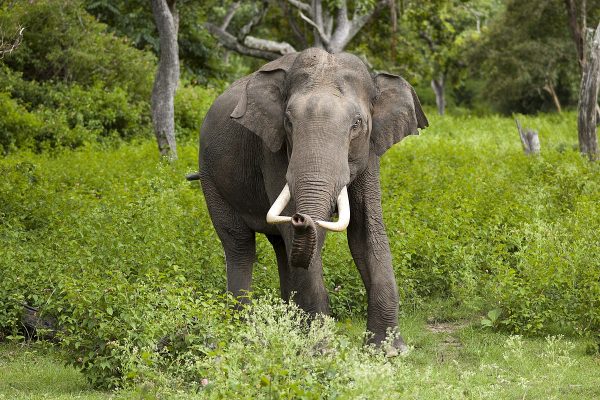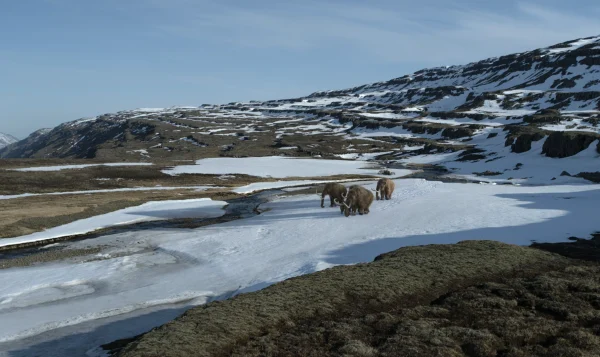For about 12,000 years, the Earth has not seen a Dire Wolf, an extinct species that used to roam North and South America. This was until around 7 months ago, when the company Colossal Biosciences used gene editing technology to bring this creature back to life. The company used ancient DNA, found in two specific fossils, and spliced it with the genes of a Grey Wolf. Using a surrogate mother, they successfully brought three Dire Wolf pups into the world on October 1, 2024. For the first time in history, we have successfully brought an extinct species back to life.

Colossal Biosciences says that its goal is to fight the biodiversity crisis that is heavily affecting the Earth. Recently, some scientists have observed that many species are declining in population very rapidly, and they believe that around half of all animals alive will be extinct by 2050. Currently, the extinction rate is estimated to be thousands of times higher than the natural rate. In order to prevent full ecosystem collapse, the company is trying to find ways to help our world using preservation and de-extinction. In hopes of helping fight climate change, they aim to bring back the Woolly Mammoth and reintroduce them back into its tundra environment.

The Woolly Mammoth lived around 10,000 to 14,000 years ago in North America, Europe, and Northern parts of Asia, reaching their height during the Pleistocene ice ages. They were large, furry, tusked creatures, similar to modern-day elephants, that roamed the northern hemisphere for millions of years until their extinction. After the last ice age, the Earth’s climate increased rapidly, causing their habitat to be destroyed, which, along with hunting, caused them to die out. Their habitat was a steppe tundra or Mammoth steppe environment, which was made up of shrubs, grasses, and sedges, along with some populations possibly living in forests throughout the midwestern United States. The Woolly Mammoth migrated from Asia to parts of Europe around 200,000 years ago and to North America shortly after, traveling on the Bering Land Bridge.

Many scientists believe that reintroducing the mammoth to the arctic tundra could help bring back the Mammoth Steppe, which played a huge role in maintaining the Earth’s climate. With recent climate change and global warming, they think this could be a solution and help lower the temperature to a natural level. In order to bring the Woolly Mammoth back to life, Colossal will use the same method as the Dire Wolf. The first step is to get fossils from areas like Siberia and Alaska in order to extract Mammoth DNA and then identify certain genes that allowed the Mammoth to live in its cold environment. The company has chosen to edit the Woolly Mammoth’s genes with their closest living relatives, the Asian Elephant. These two species lived together in Asia during the same time period, making them a perfect match for each other. Once the gene editing is complete, they will have intertwined Asian Elephant genes with the mammoth’s weather genes, giving the animal all its physical characteristics. Finally, they will use the edited cells and fertilize an Asian Elephant egg, then implant the embryo into a surrogate.

When Woolly Mammoths still walked the earth, their habitat was great at absorbing carbon and containing it below the surface. Since the end of the last ice age, the Mammoth’s ecosystem has turned into forests and wetlands, which are not effective at this task. In 2024, the global carbon emissions reached around 37.5 billion metric tons according to the Global Carbon Project. This is around a 70% increase from carbon emissions in 1990, only 35 years ago. The Earth has continued to stray from its natural temperature and is only going up, mainly due to greenhouse gases like carbon. One benefit of bringing Mammoths back is to restore and preserve the Arctic permafrost, which holds one of the world’s largest natural gas reserves. Mammoths naturally trample down snow and vegetation, which will keep the ground cooler and help prevent the release of carbon, methane, and other greenhouse gases from the permafrost. Another benefit is the revival of grasslands in the tundra. If reintroduced to this environment, the Woolly Mammoths will graze, knock down trees, and trample vegetation, which could help grasslands grow over what is now forests and marsh. Grasslands will not only help snow melt much slower, but also help reflect sunlight more efficiently, which would most likely cause a cooling effect on the climate. This will help cool down the Earth, restoring it to a more natural temperature.

With the use of gene editing, the company Colossal Biosciences has successfully brought back the Dire Wolf from extinction. Using this same method, they plan to bring back the Woolly Mammoth to help fight global warming. Along with the revival of grasslands and the Mammoth Steppe, the Woolly Mammoth can help preserve the permafrost and slow the release of carbon into the atmosphere. Overall, the de-extinction of the Woolly Mammoth could greatly benefit our Earth, fighting climate change and stopping more species from becoming extinct.







